Weird Science - Tales from the
Vectrex Academy Lab
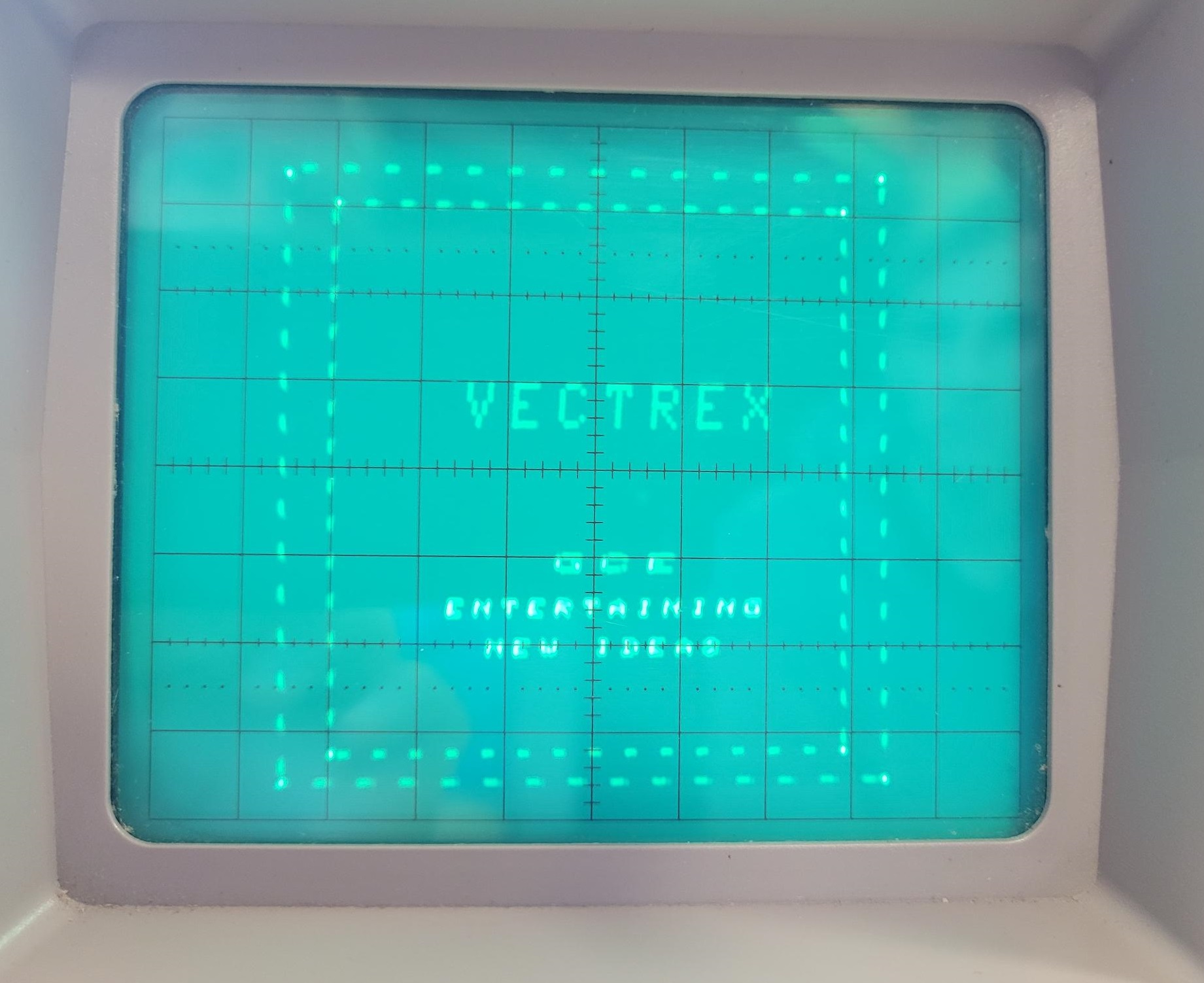
Vectrex
Project Title
Synopsis
- Experiments with a SCOPETREX board (for
information about SCOPETREX, see here)
- The board used here was assembled by one of my
students as a tutored project work.
Project
Status
- Ongoing
- Assembly of the board is completed, first tests
were successful (see pictures below).
- Interrupt-line on the board fixed (design-bug)
- 3D printer files of the case uploaded
Picture
Gallery
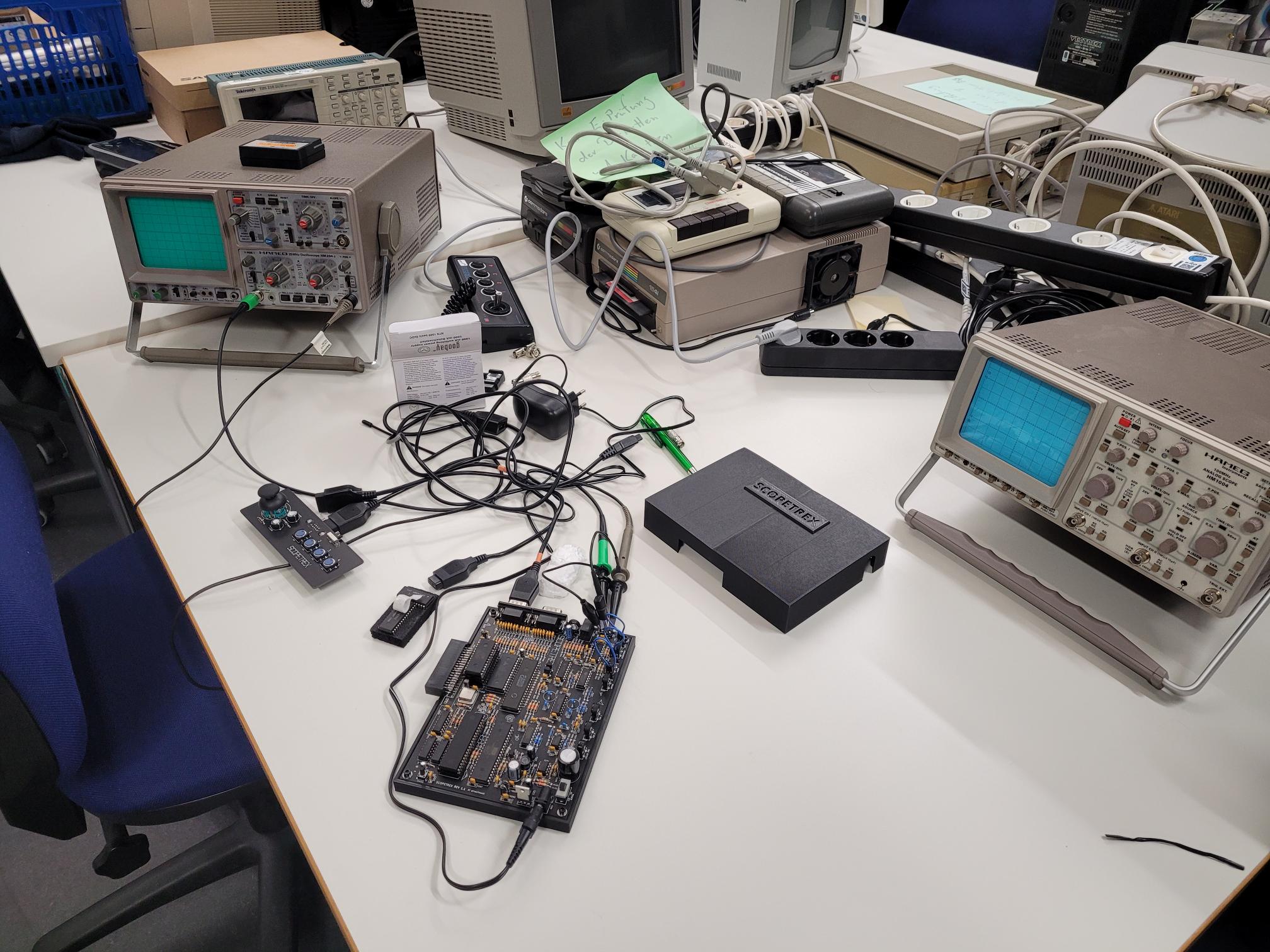  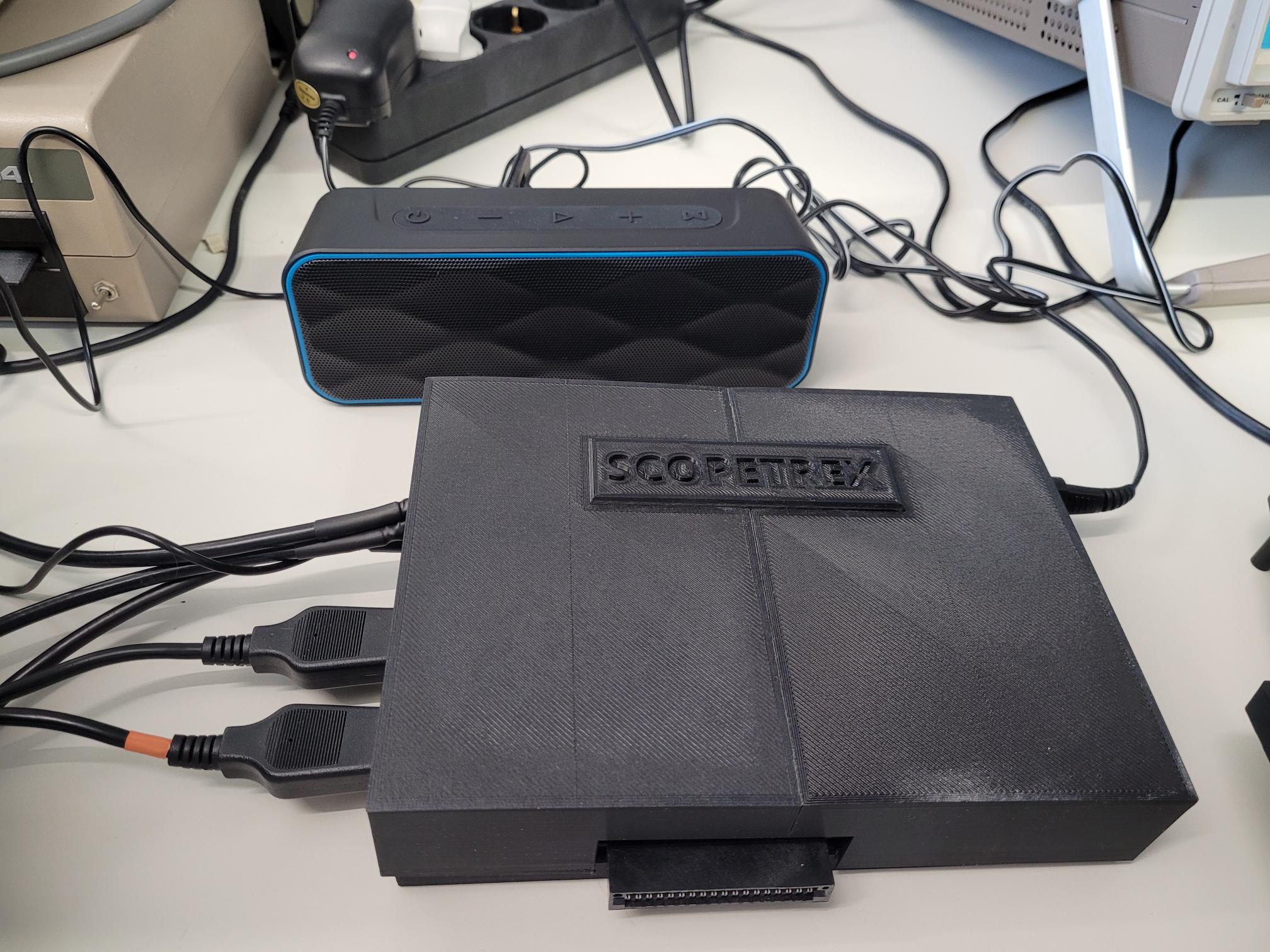
The SCOPETREX board on my
oscilloscope
- The oscilloscope is a HAMEG 204 in YX
mode, using the additional Z-input to
control the blanking of the electron
beam.
- The quality of the pictures is
sometimes a bit poor, but just because
of the camera used to take the picutres.
On the oscilloscope, the display is
amazingly great.
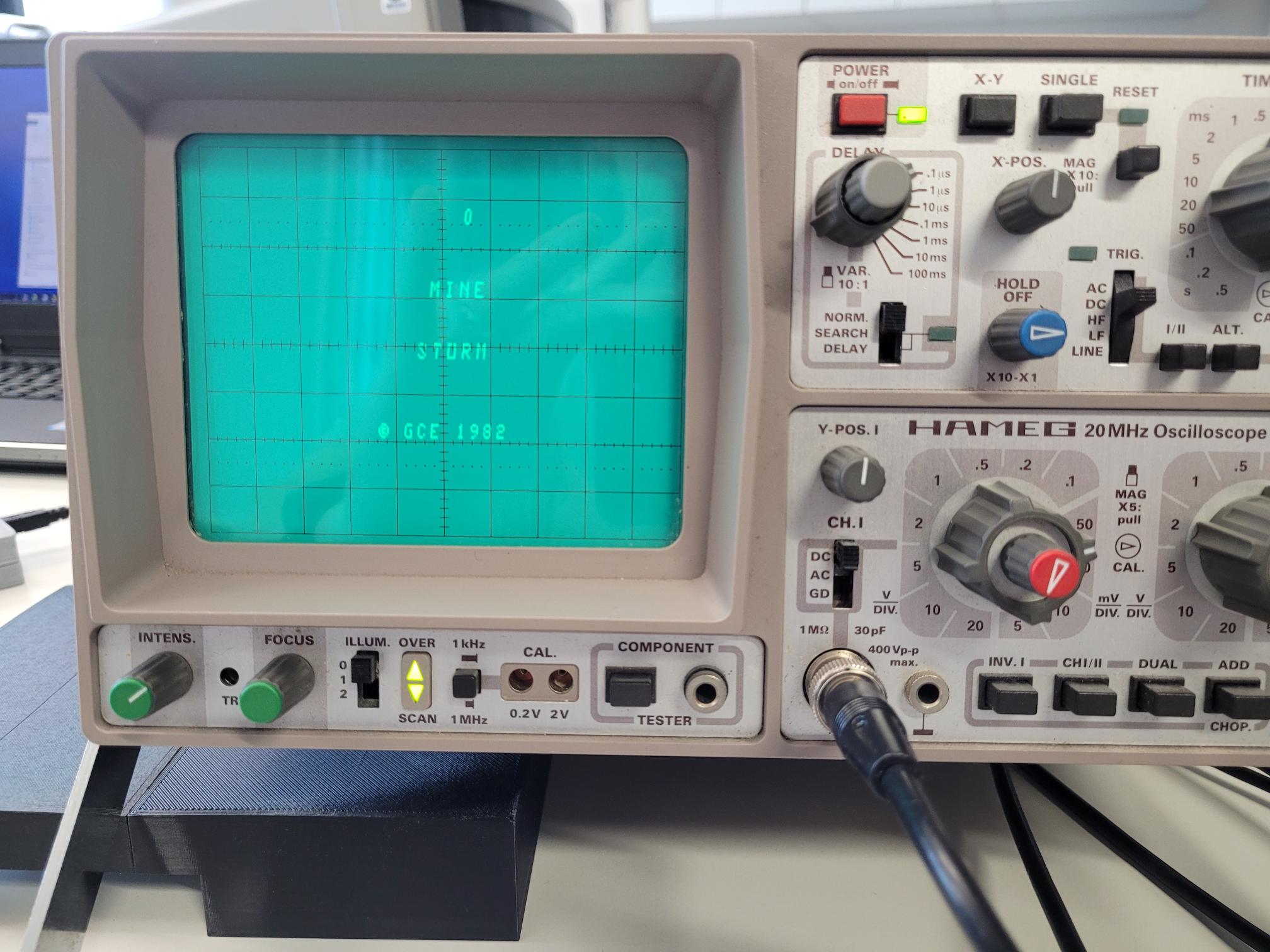 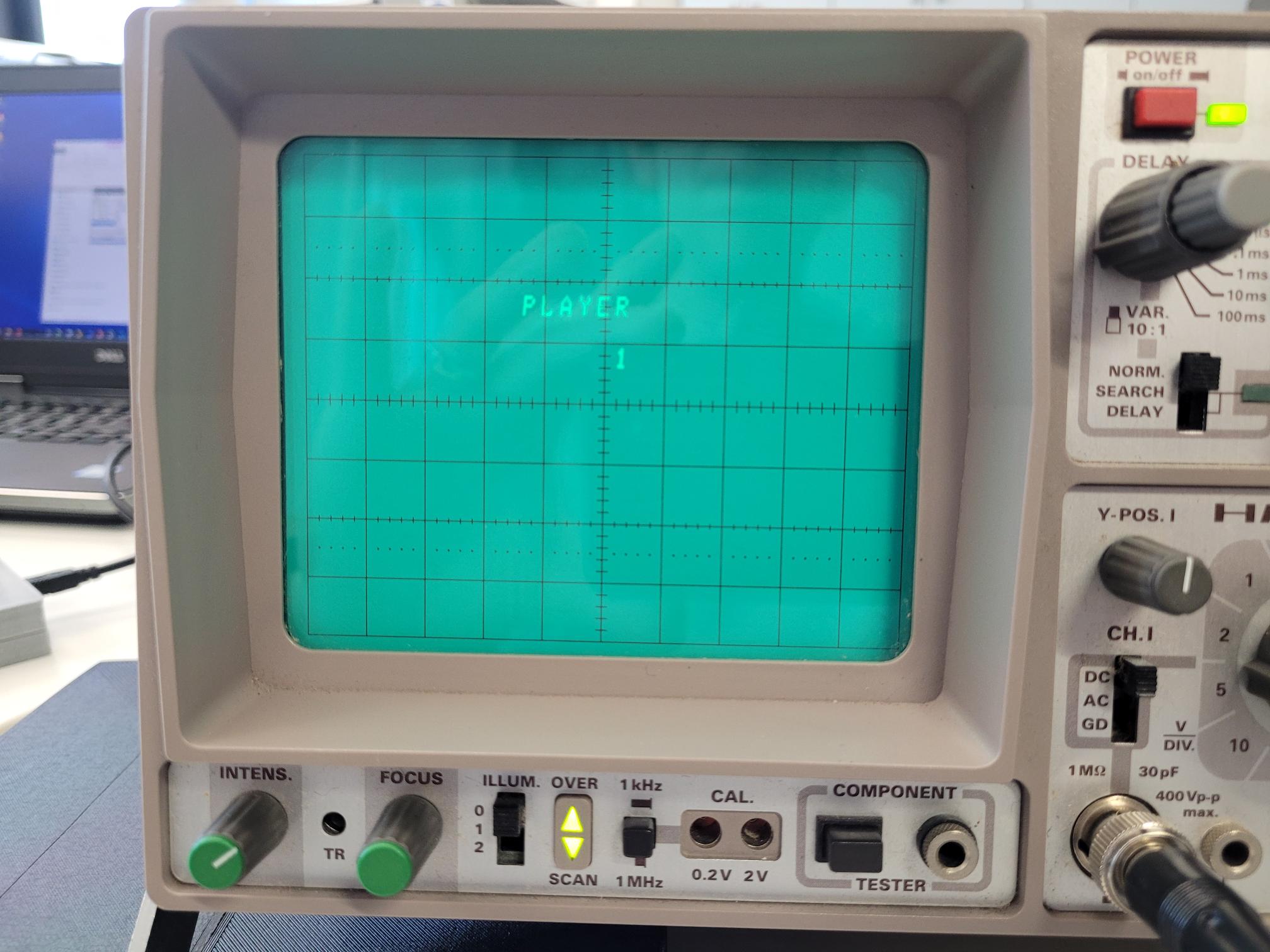 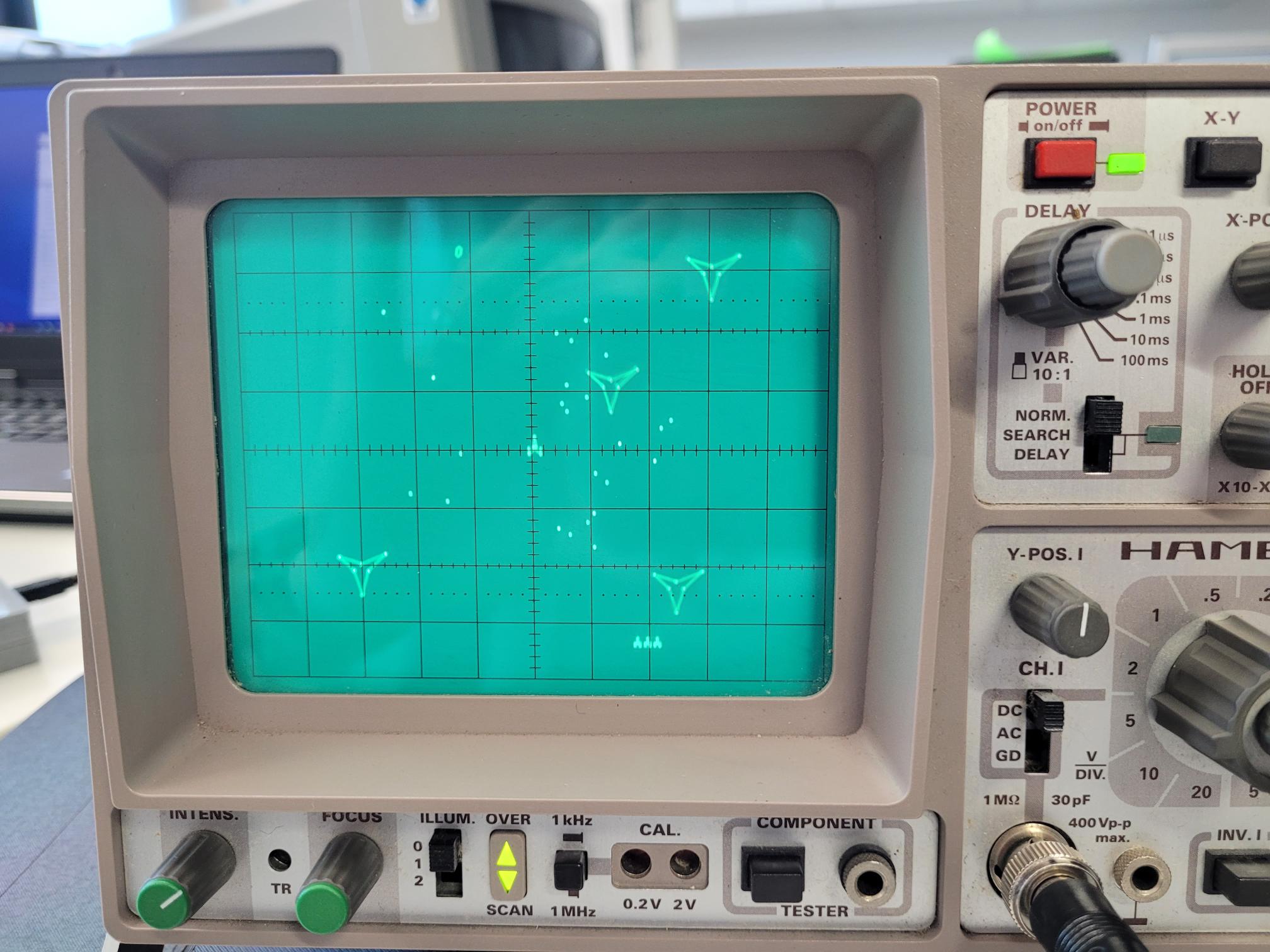
  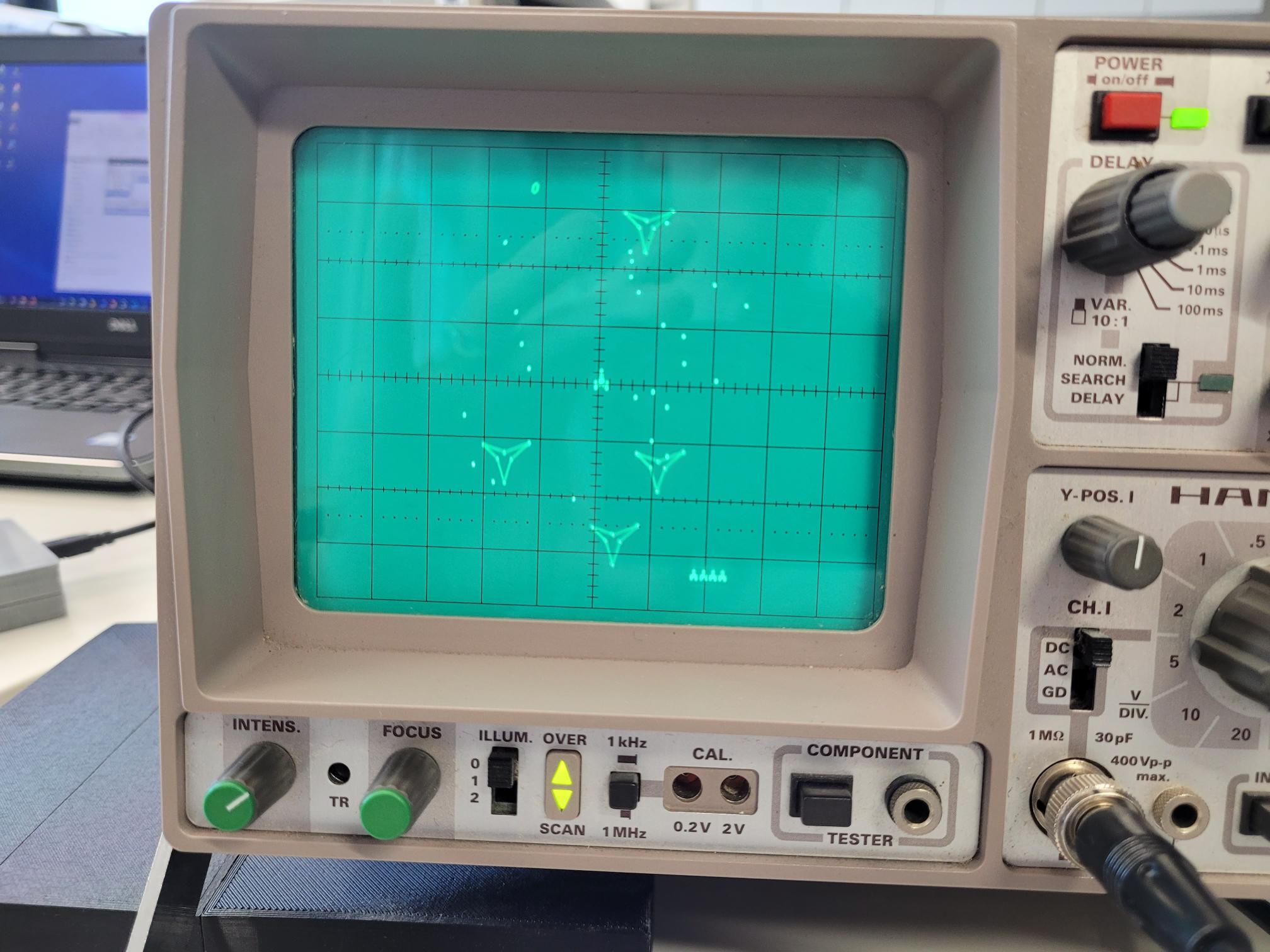
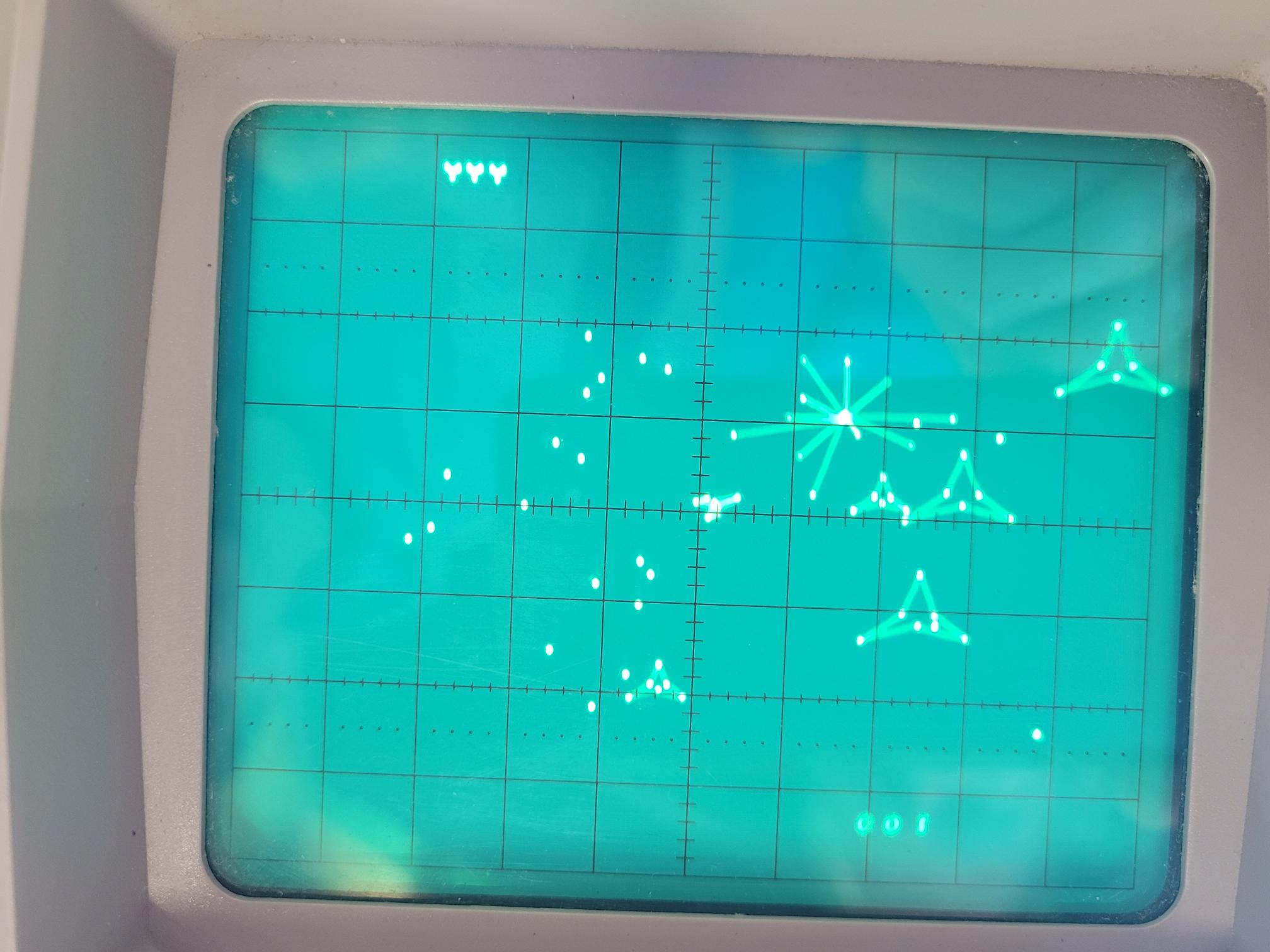 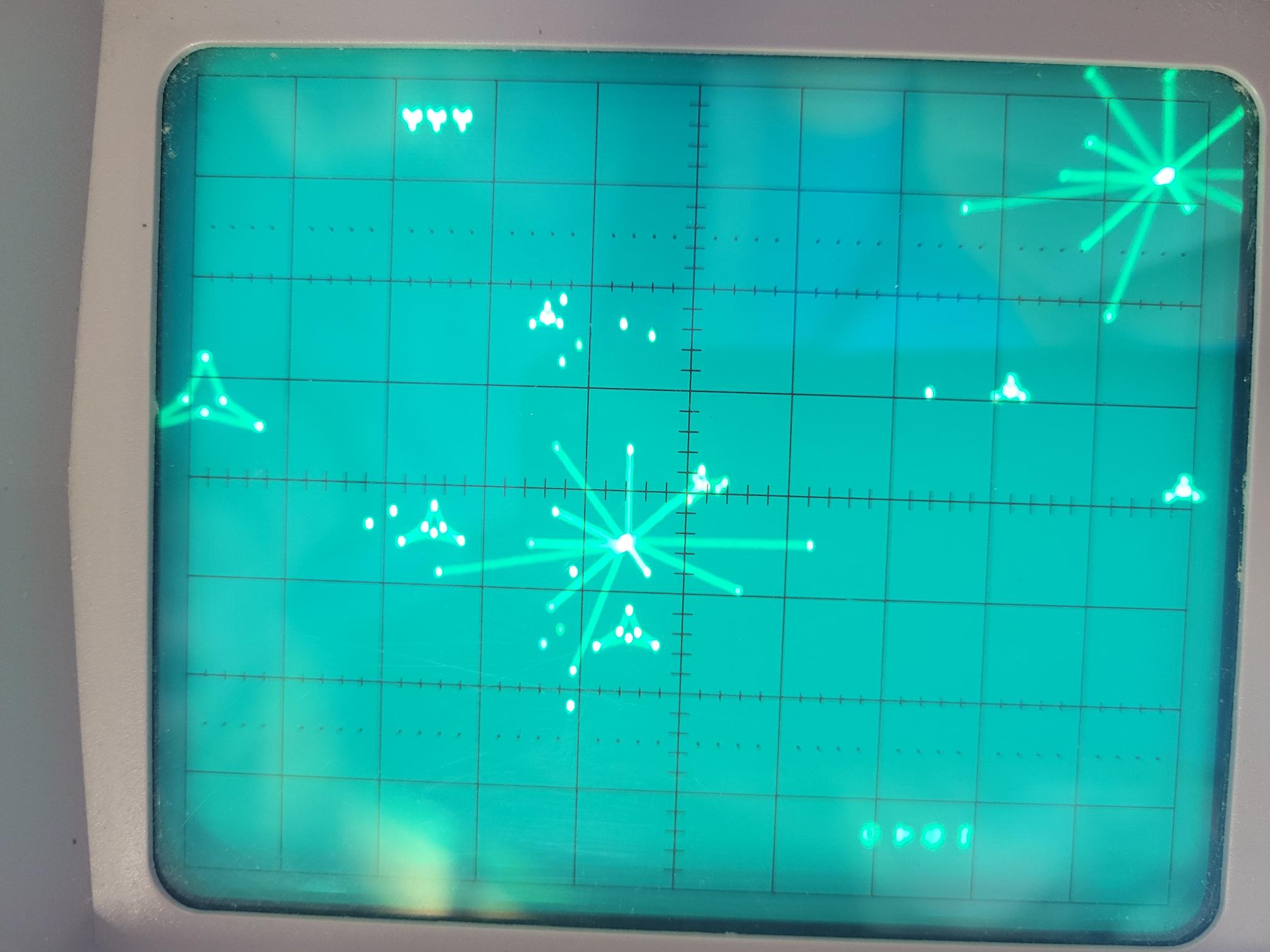 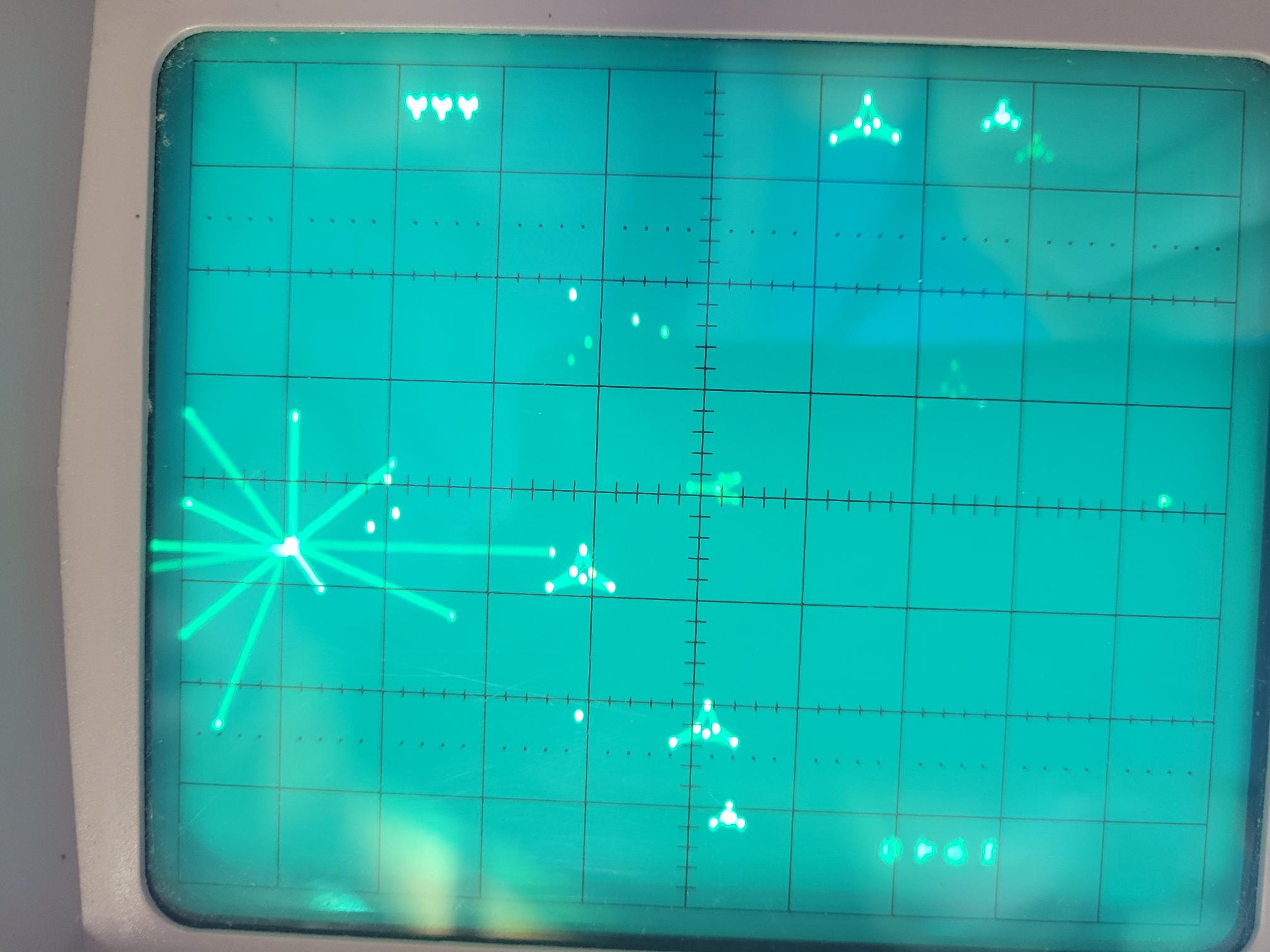
Using the Test Rev4 cartridge
to calibrate the board
- It is sort of eerie how perfect
the Test Rev4 cartridge works for
calibrating the output of the
SCOPETREX board on the oscilloscope.
Note the alignment of the vectors to
the raster lines on the oscilloscope
screen.
 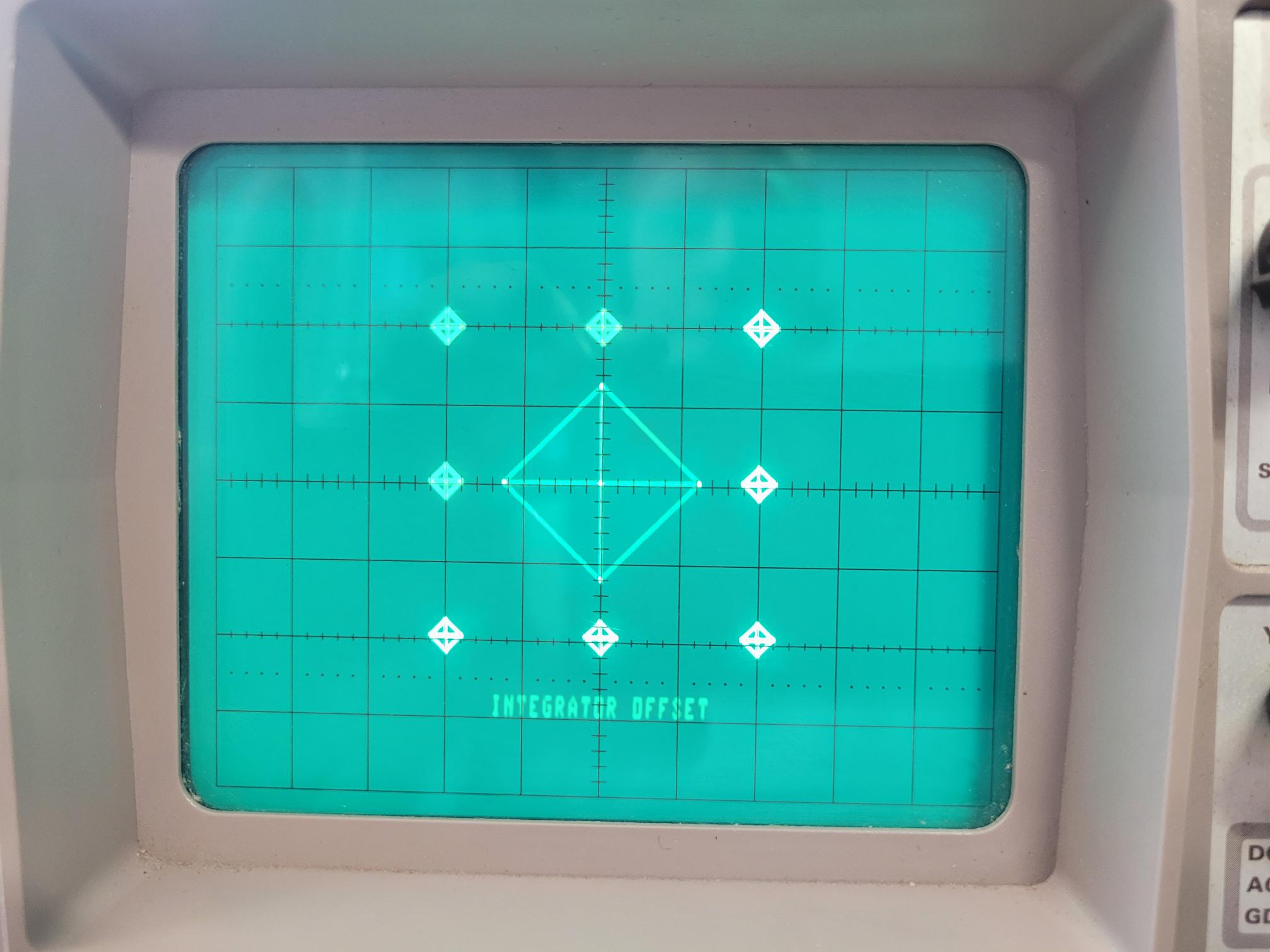 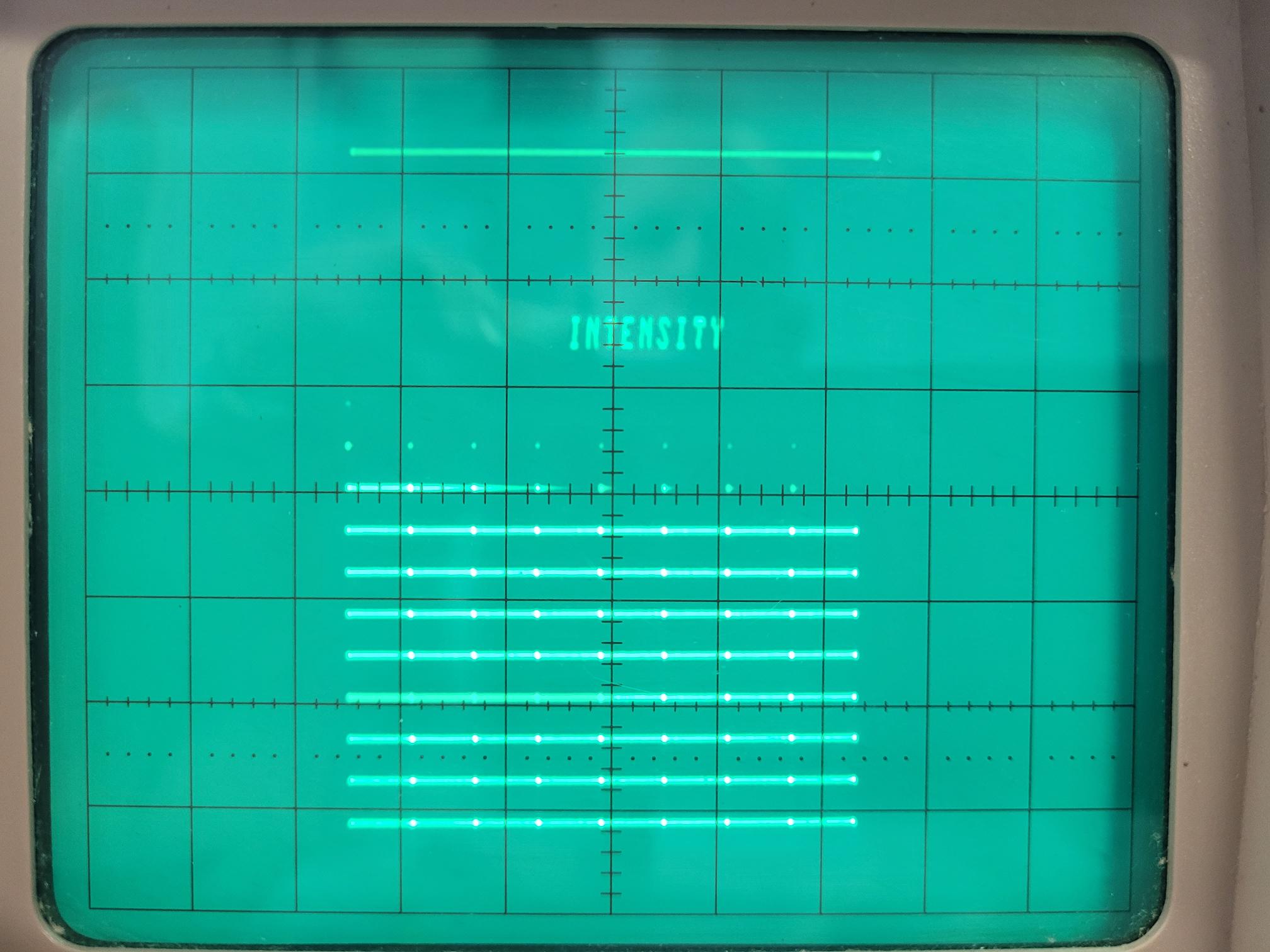
  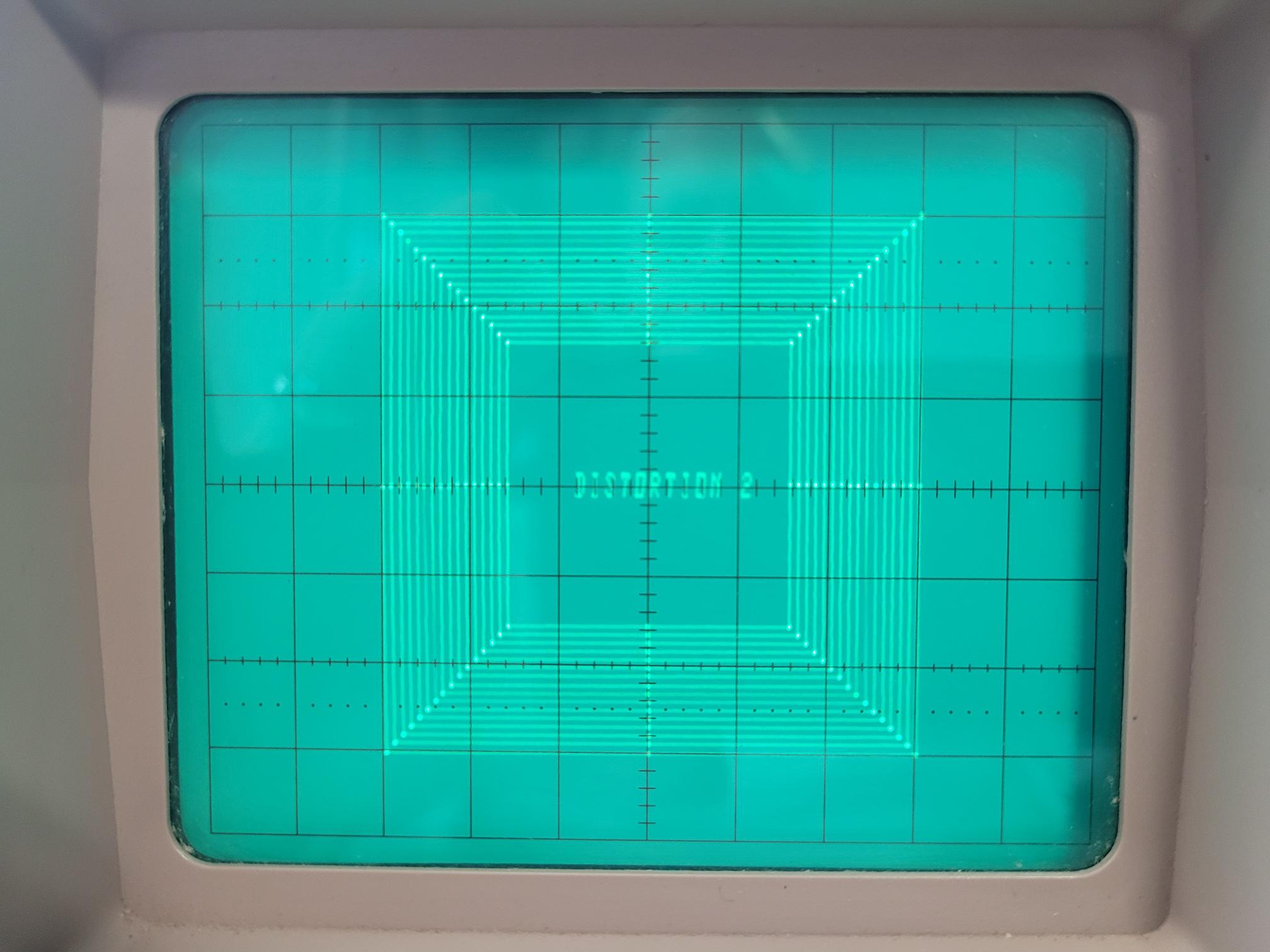
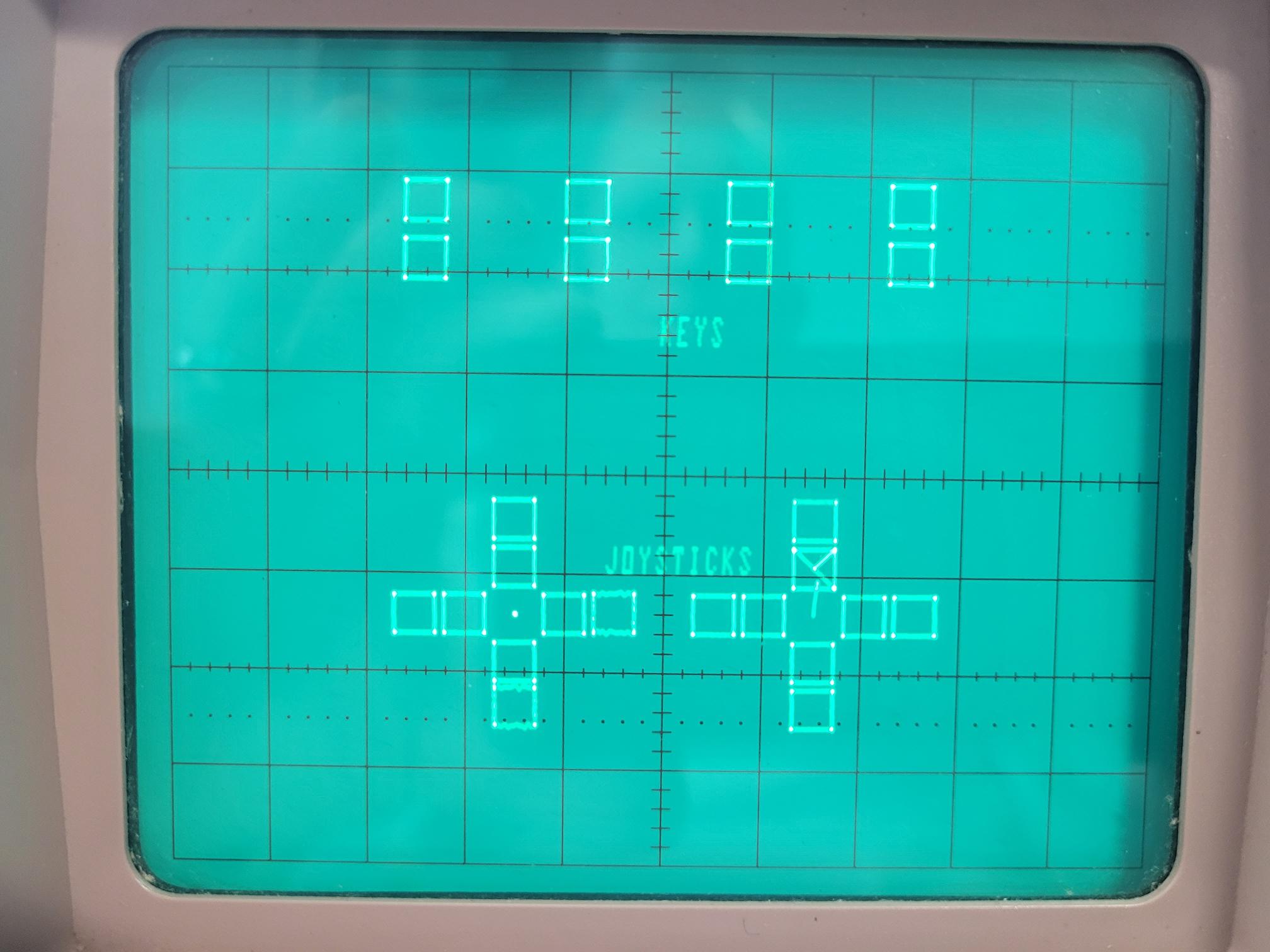
- The "Focus" test of the Test Rev4
cartridge is good and useful for
calibrating the "Focus" setting of the
oscilloscope. I do not know of any focus
adjustment in the Vectrex hardware, so
maybe this test was originally
programmed and used with an oscilloscope
and/or the tube protypes while the
actual Vectrex hardware was still being
developed?
- My speculation is that the Test Rev4
cartridge was there first. Before the
Vectrex BIOS was completed. This
speculation is derived from the fact
that the Test Rev4 code contains and
uses several copies of BIOS routines
(see here),
so
some tests actually run without using
the BIOS.
The SCOPETREX board connected
to a Vectrex CRT
- As a second experiment, I
disconnected the logic board of my
Vectrex console from its analog
board, and then connected the
SOPETREX board to it. Many thanks to
Brett (playvectrex) for his
long-distance support and helping me
getting properly grounded signals
here.
- I have not
found any information on
the internet about
someone having tried
this before, so I am
posting some pictures
here.
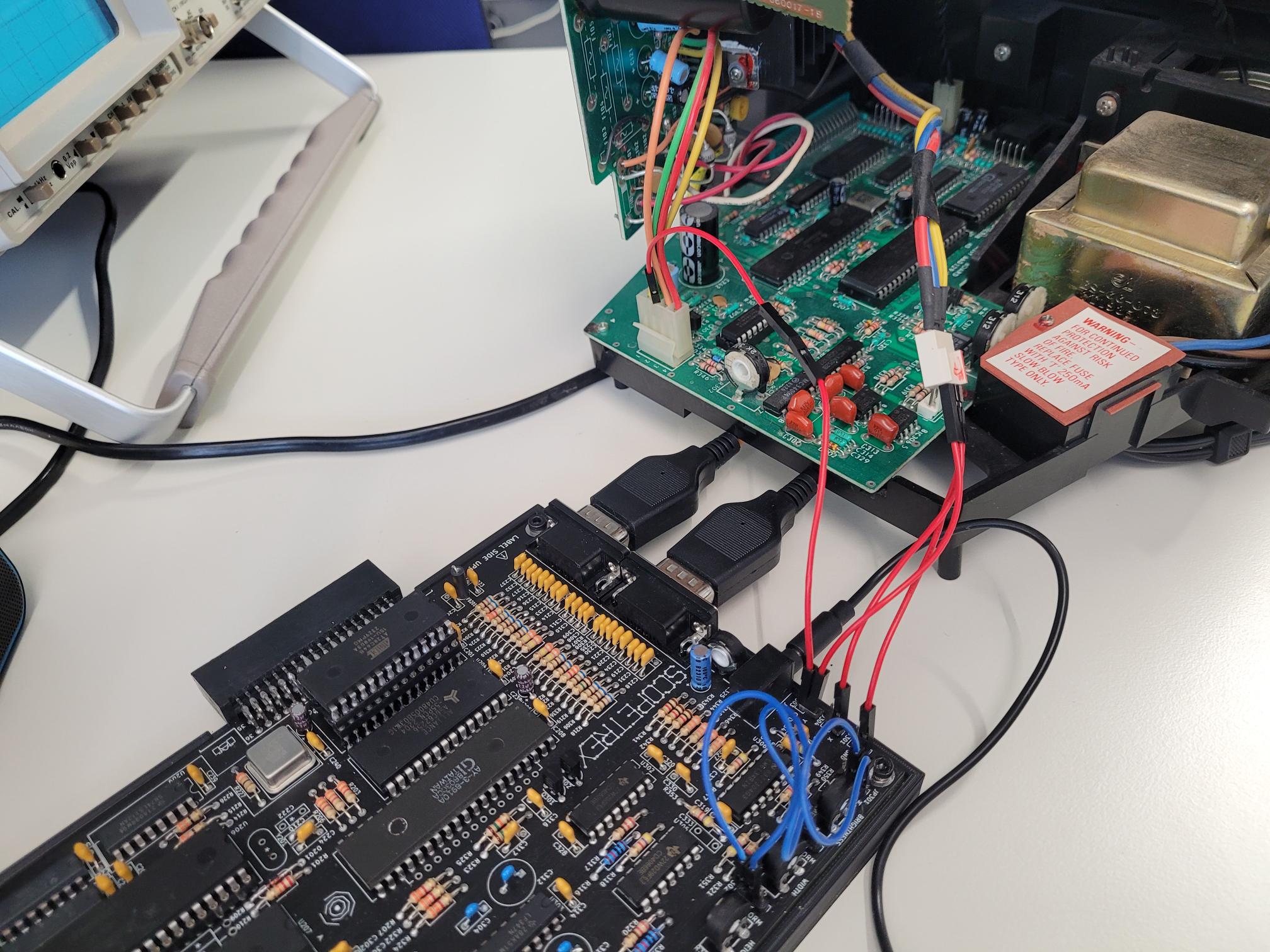 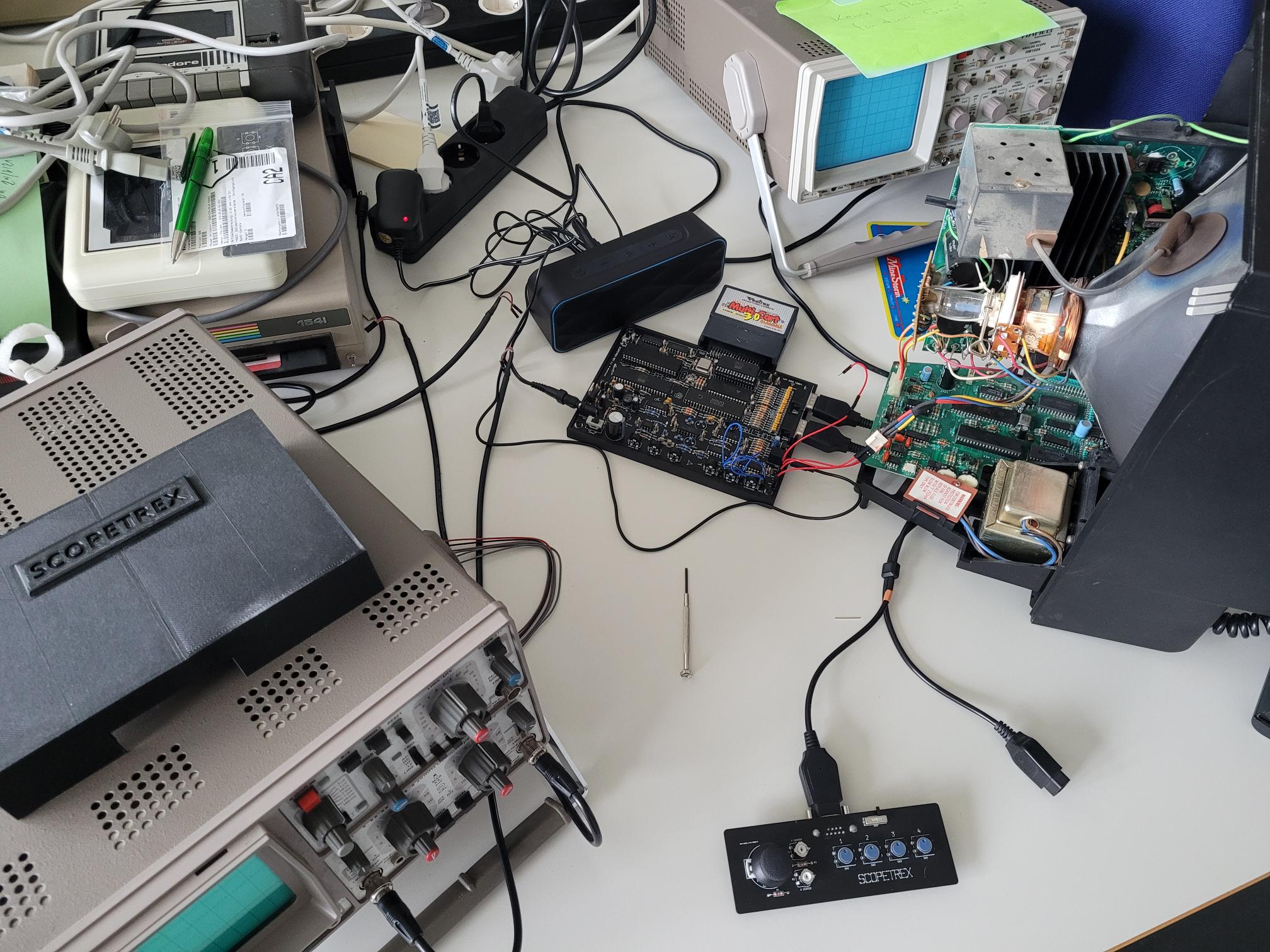 
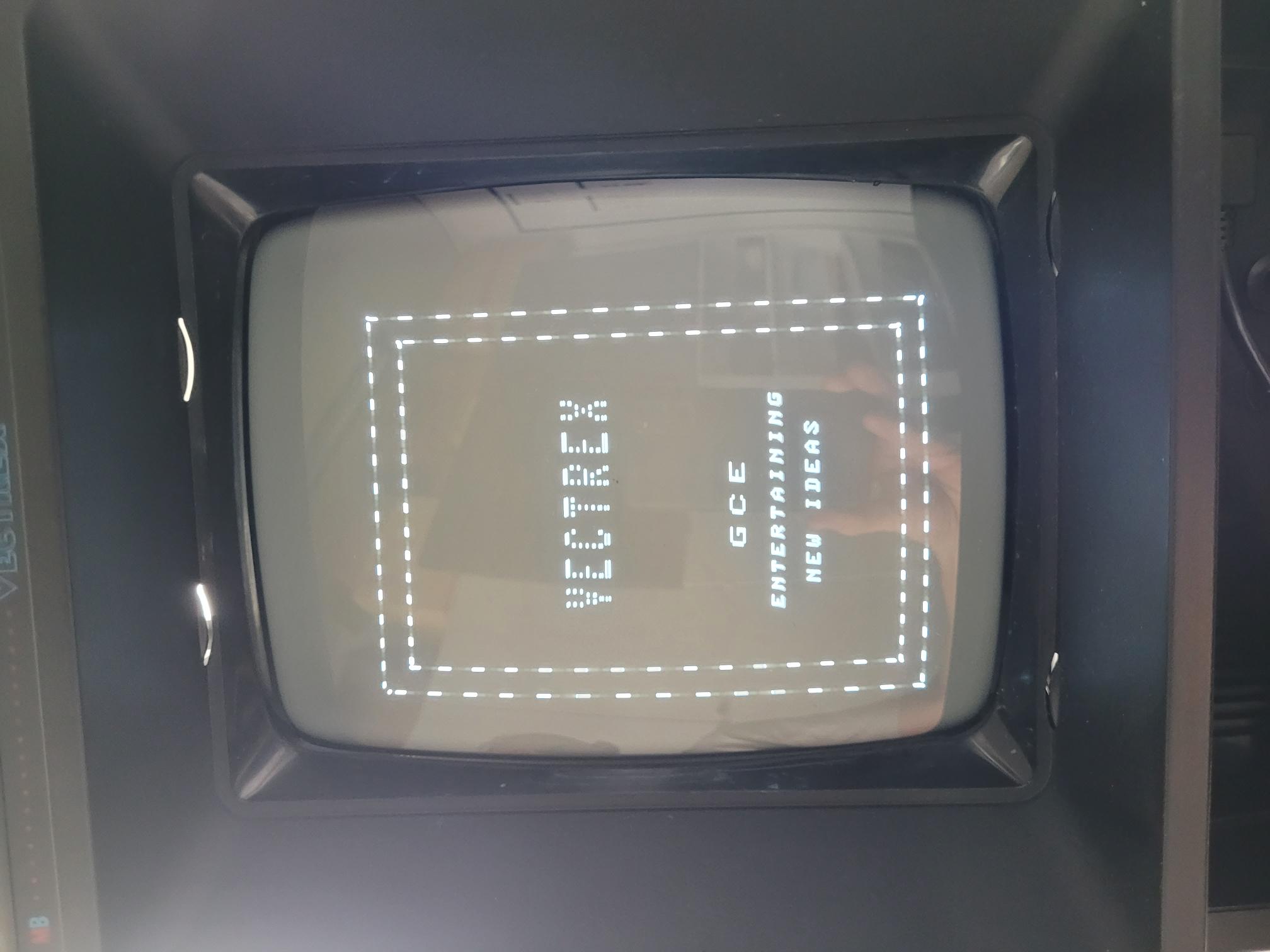 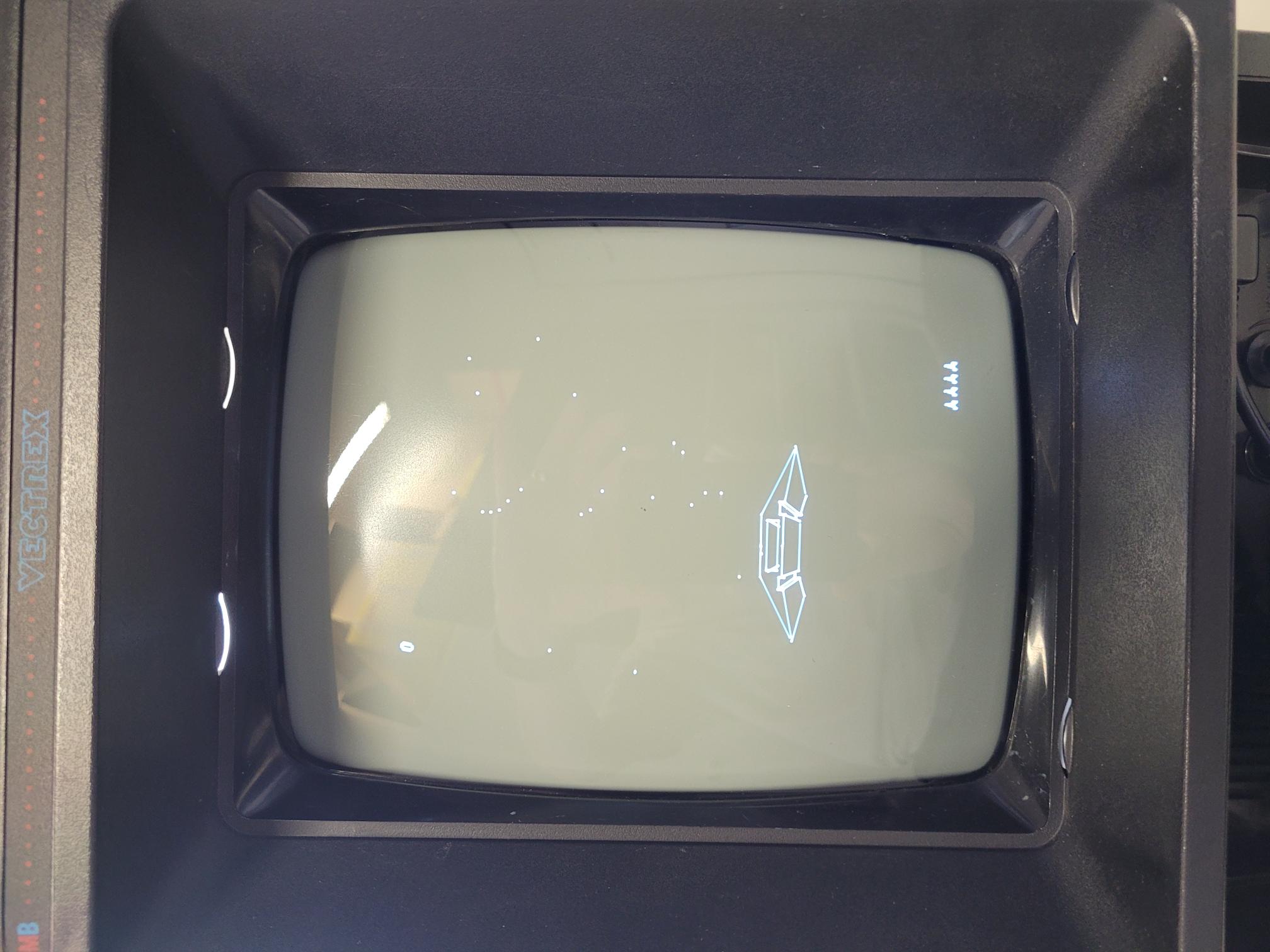 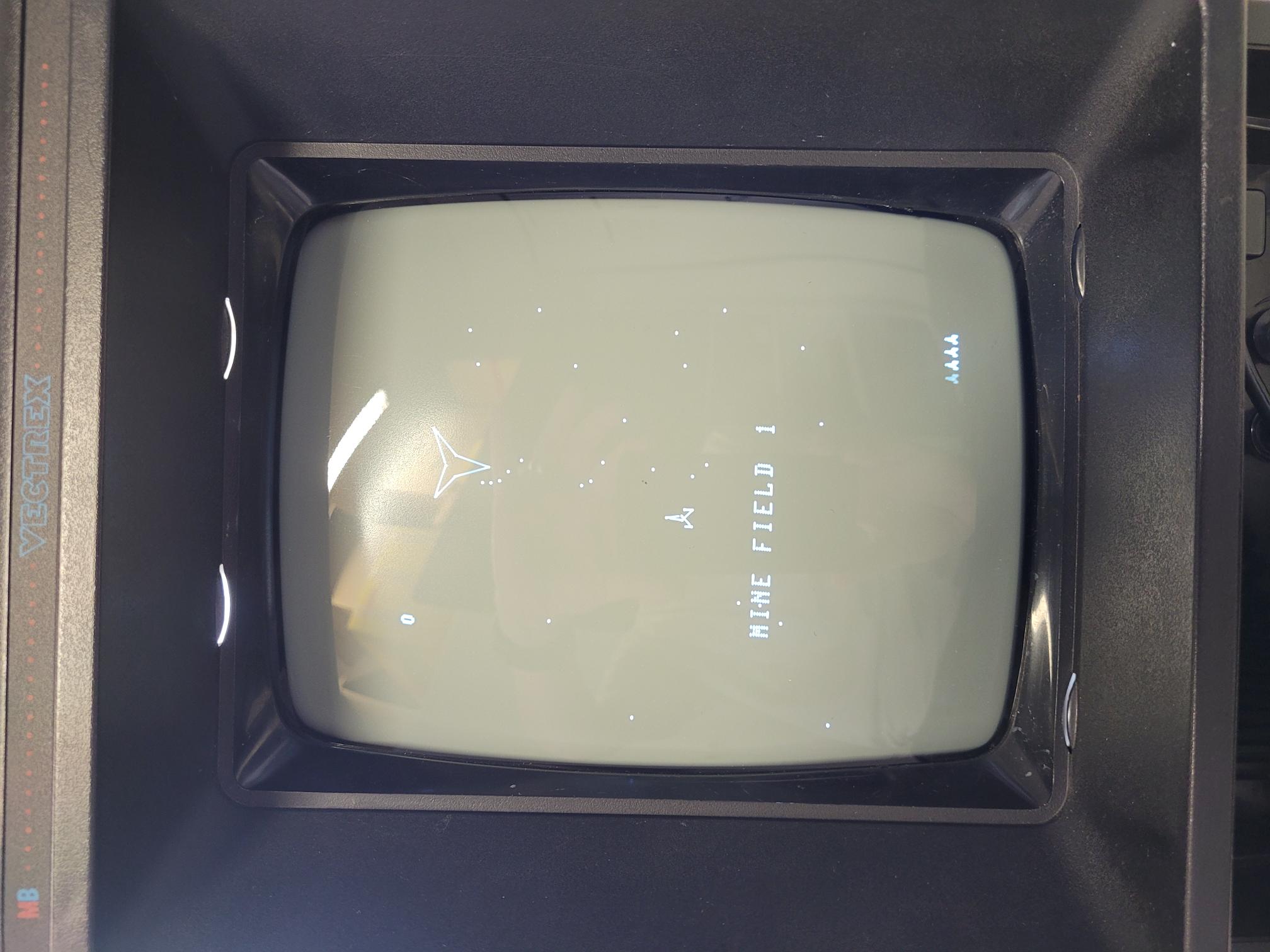 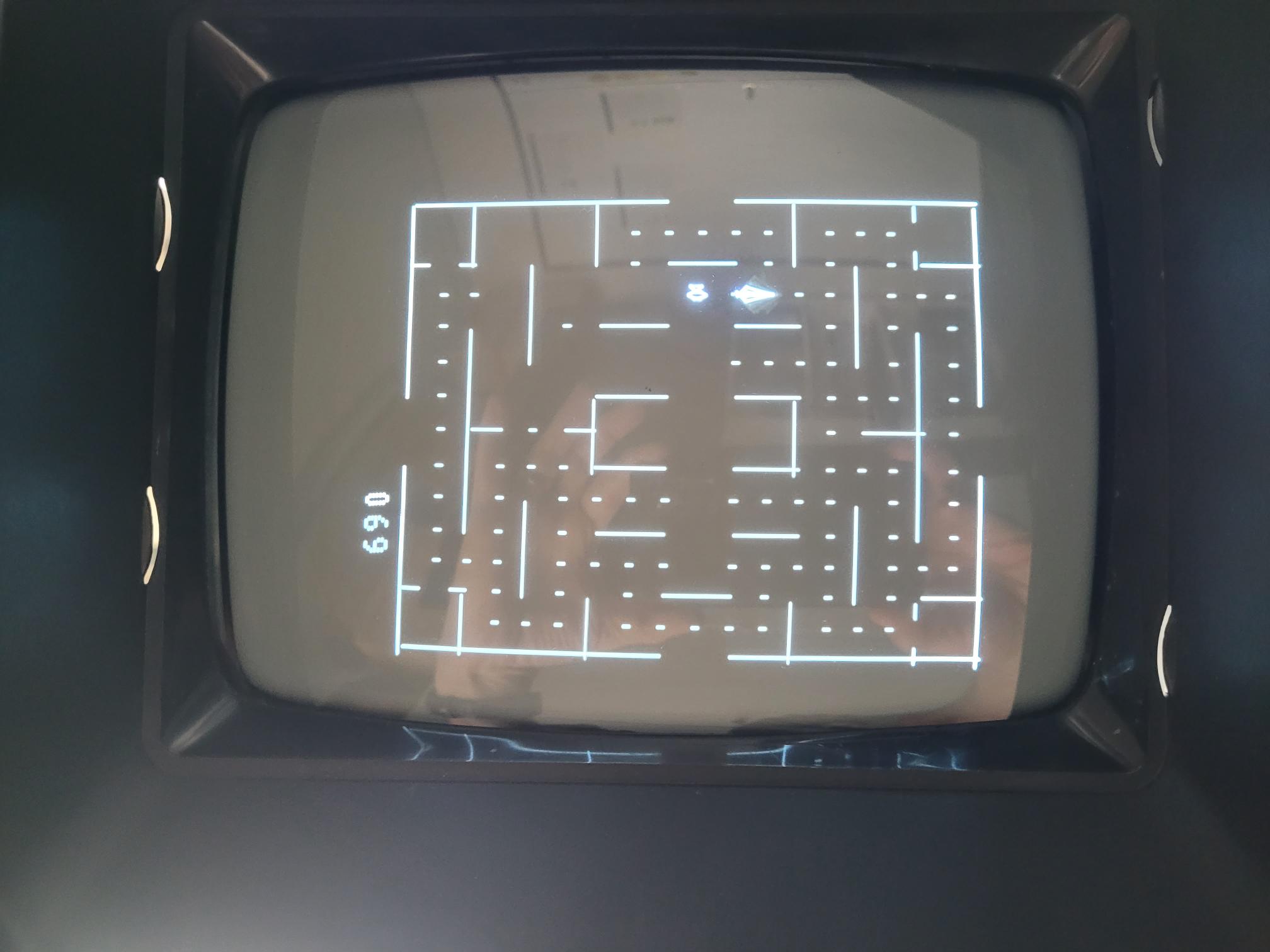
- Note that the display is not perfectly
centered. That would involve realigning
the coils of the Vectrex CRT, and I did
not do that in order to be able to
easily return the console to its
original state.
- Other than that, I could not see any
noticeable difference. The "new"
hardware of the board does not seem to
improve the image quality. Also the
infamous mystery gaps and the slanted
texts are still there, but we already
knew that those are inherent to the DACs
and not a result of aging. I have not
yet tested how vector drift is with the
new board.
A Vectrex console
connected to an oscilloscope
- For the sake of
completeness, here are also
some picture of a regular
Vectrex console connected to
an oscilloscope (a digital
one as well as an analog
one). Note that the
intensity signal of the
Vectrex console is not
correctly handled by the
oscilloscopes due to
internal reasons, so all
lines are visible. Still an
interesting and valuable
method to debug a Vectrex
console.
 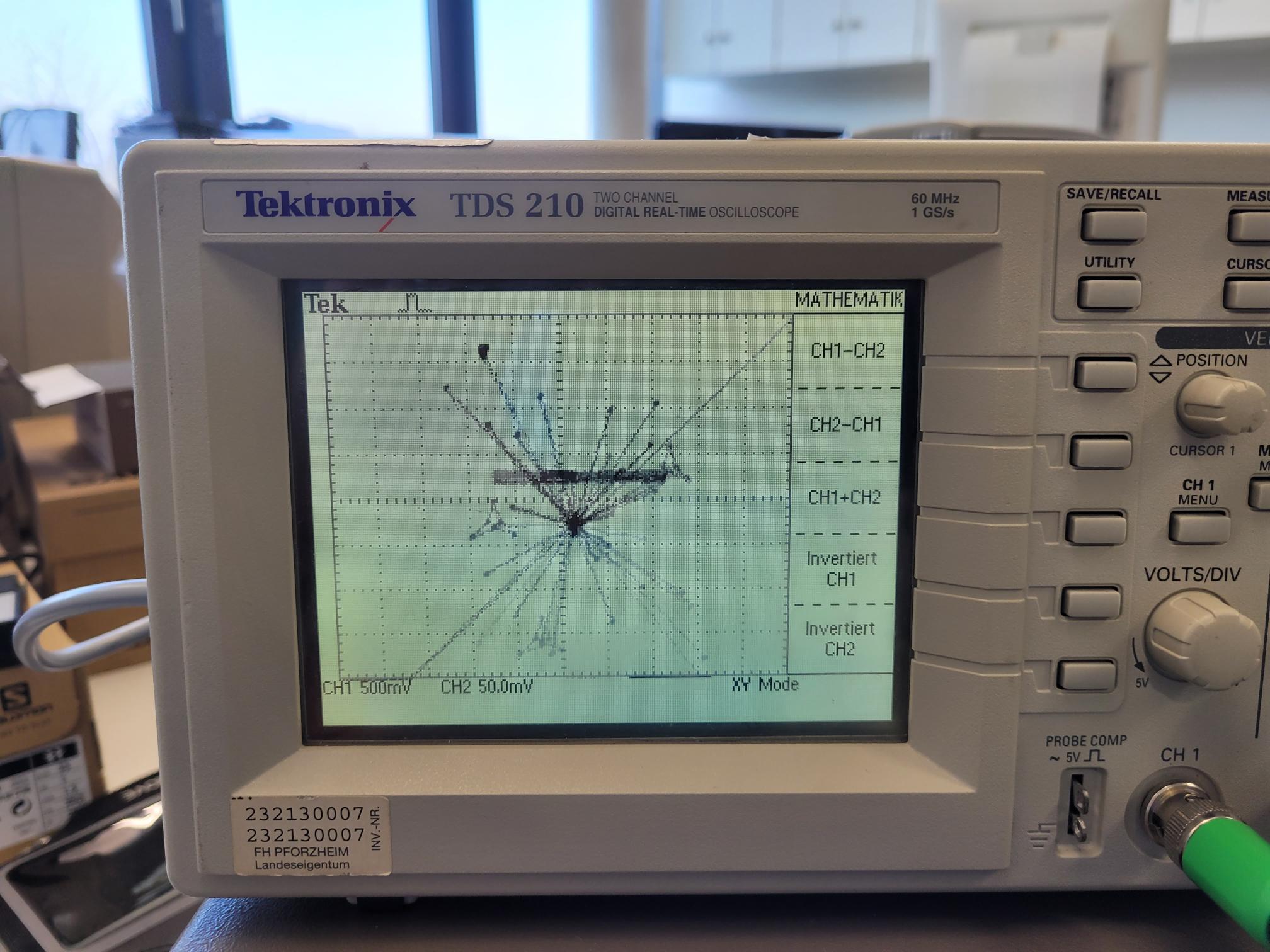 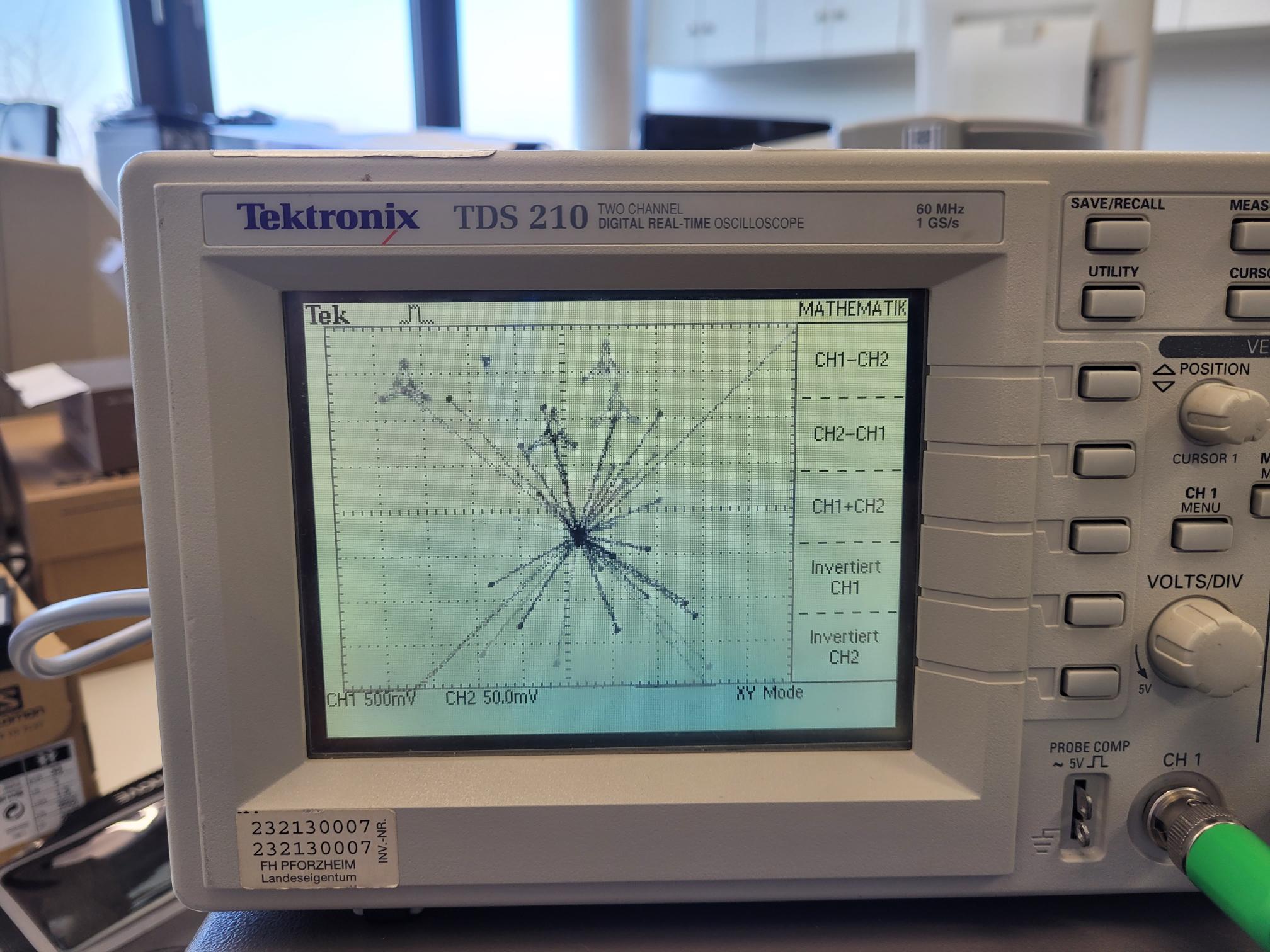
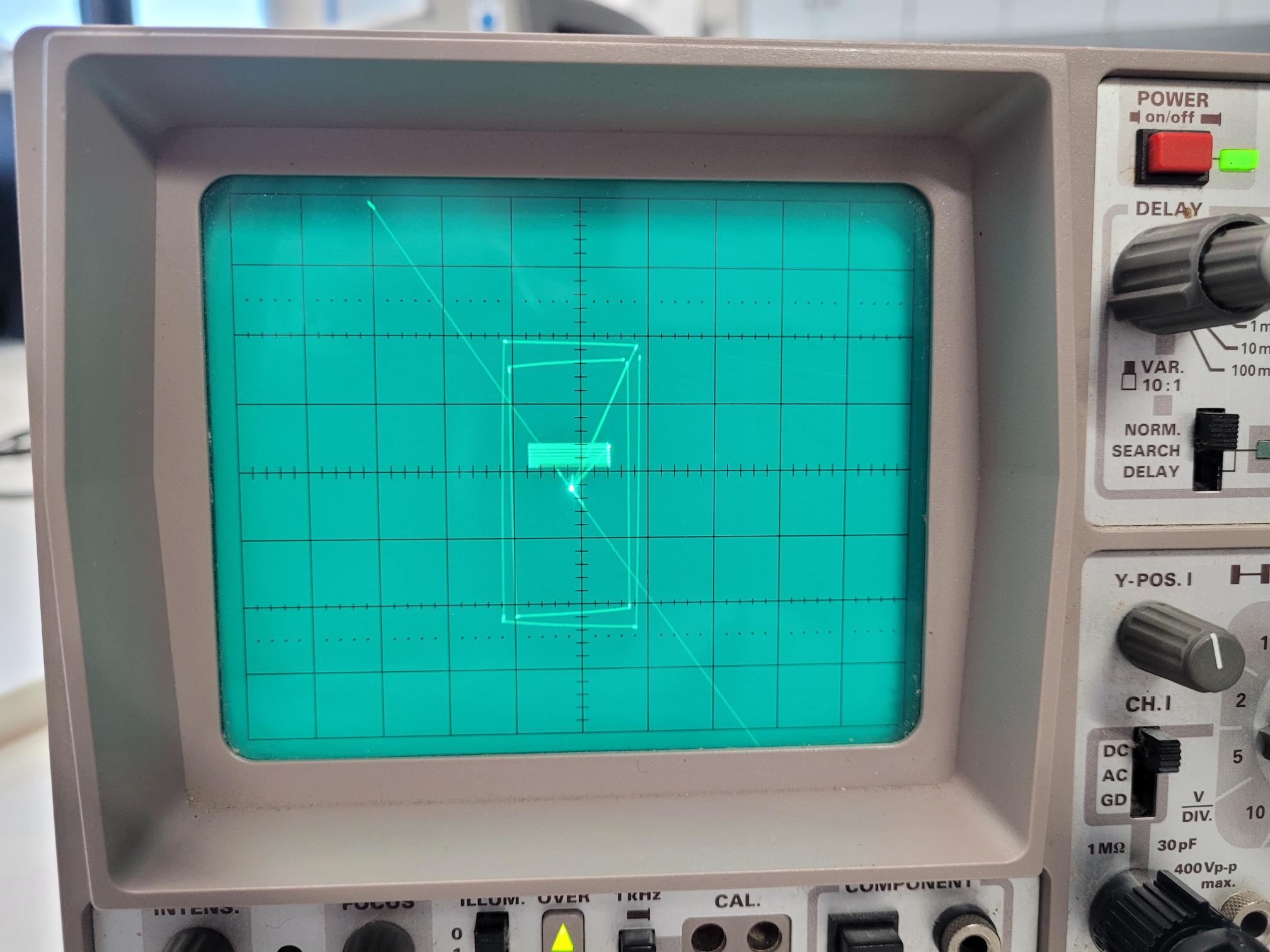  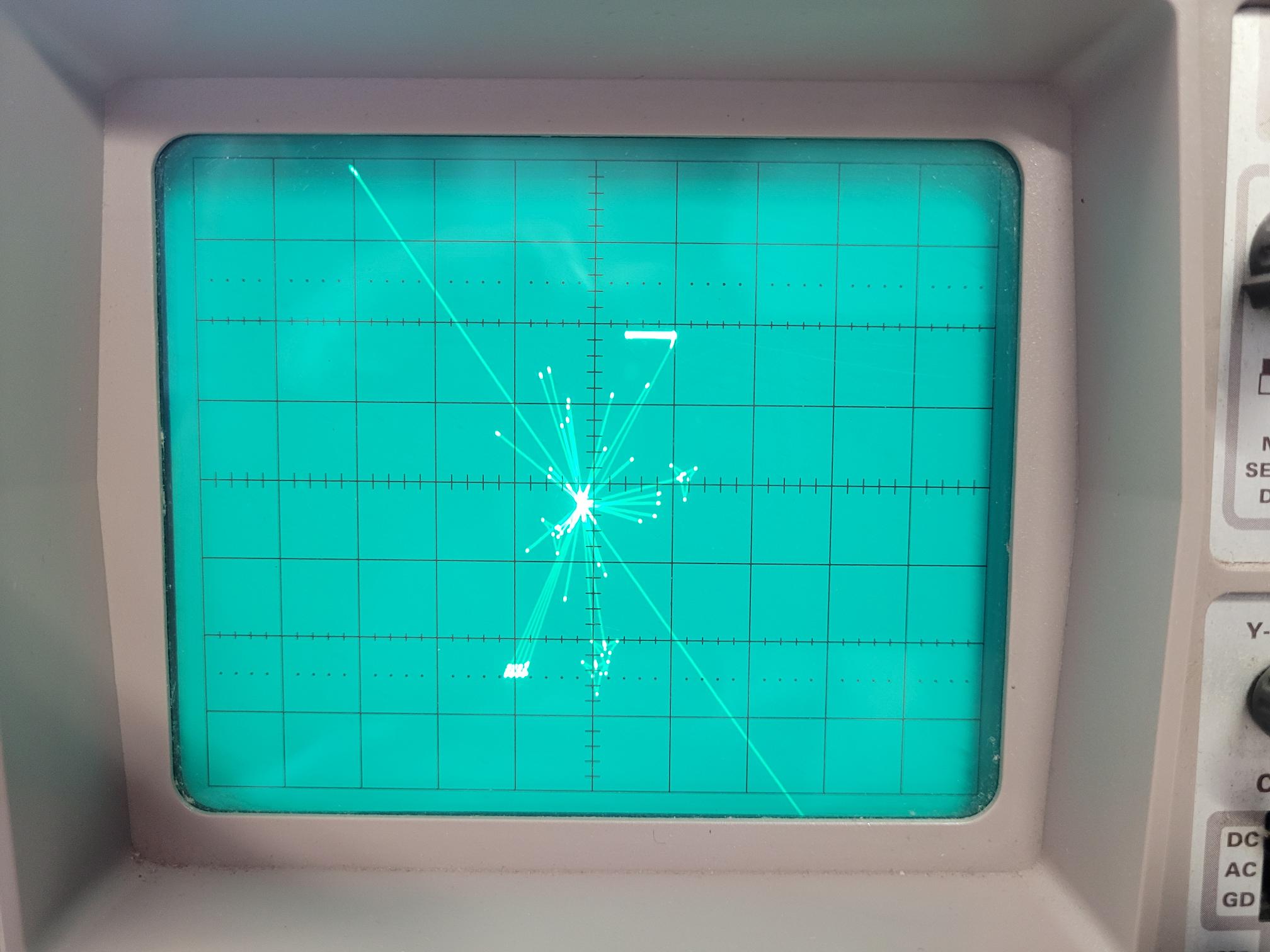
Interrupt line on the board
- The ScopeTrex board layout is
known to have a minor flaw. The
interrupt line is not connected, so
cartridges and games that use
interrupts (e.g. Bedlam) do not work
properly. We have fixed this on my
ScopeTrex by adding an additional
wire, and now interrupts work.
- The picture below shows the pins
which need to be connected (green
circles).

3D Printer files of the
case
- The ScopeTrex case shown in
the pictures above was designed
and printed by one of my
students who kindly agreed to
share the necessary files here
for non-commercial use.
- Download:
scopetrex_case.zip
Author
Latest
modification
on 09/04/2024, 16:30
- Section about fixing the
interrupt line on the board added
- 3D printer files of
the ScopeTrex case uploaded
|
